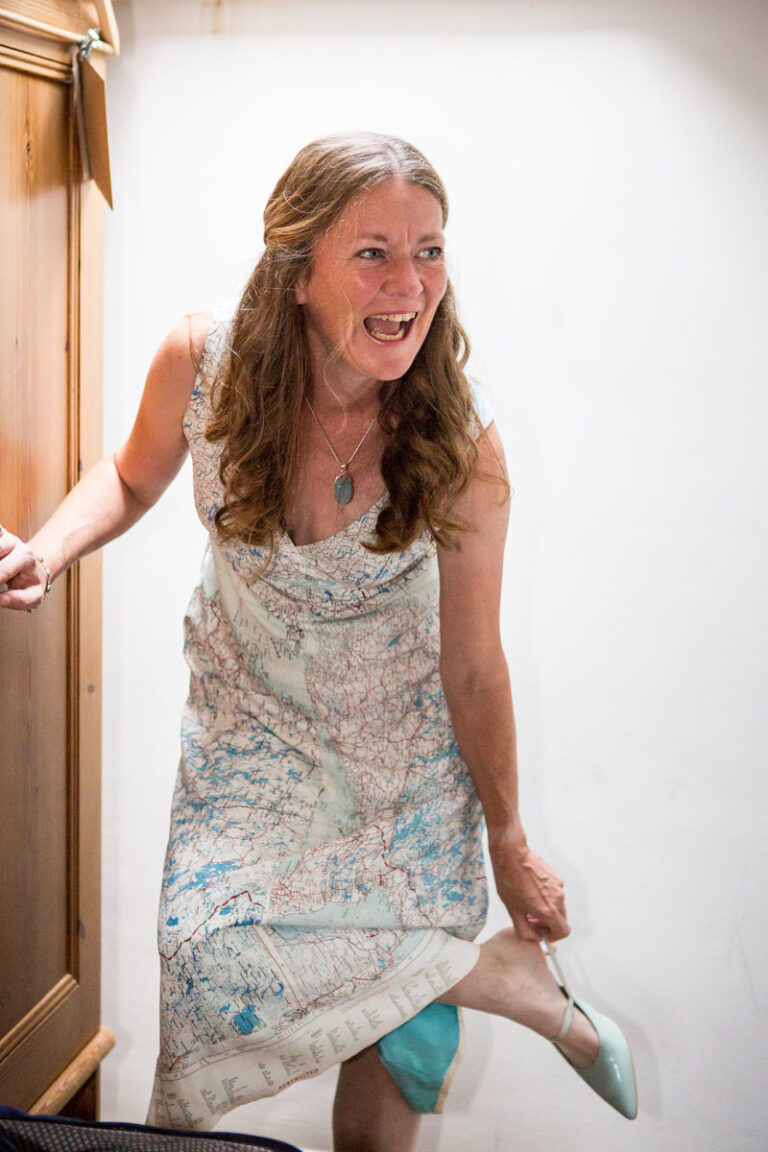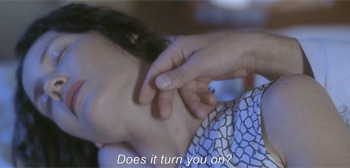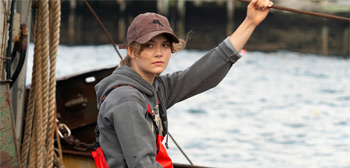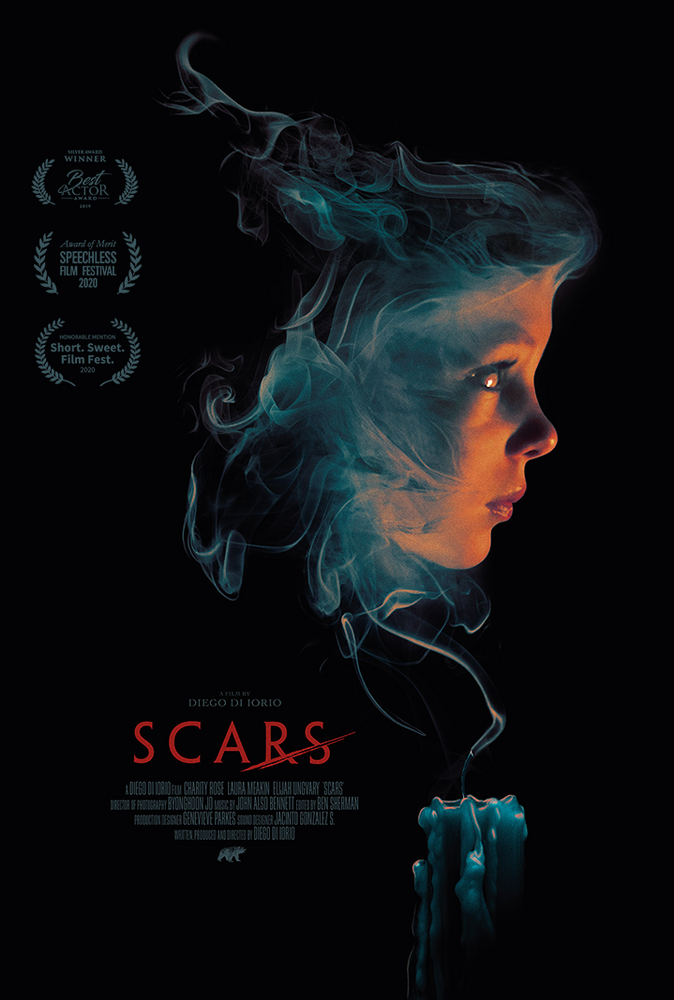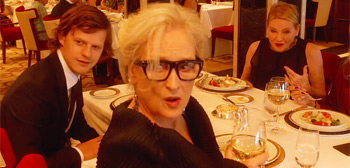NO TIME TO DIE Countdown: LIVE AND LET DIE Revisited
In the No Time To Die Countdown, Jake Tropila takes a look back at every Bond film – official and unofficial – in anticipation of the release of the latest entry.
With Connery officially bidding the franchise adieu for a second time, Broccoli and Saltzman had no choice but to recast 007 yet again. Many actors were approached – including Adam West, Burt Reynolds, and Julian Glover – before the producers landed on Roger Moore, star of The Saint, to be the next James Bond.
The decision paid off handsomely. At seven films and twelve years of service, Moore enjoyed one of the longest and most successful tenures as Bond – the length of his term only recently surpassed by Daniel Craig. Some would argue his tenure ran too long; we’ll cover that later. For now, let’s enjoy the youthful Moore of the now.
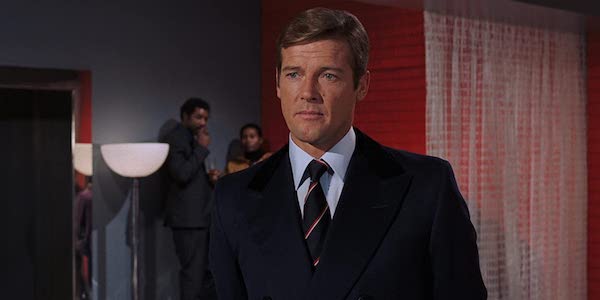
As I mentioned in my On Her Majesty’s Secret Service piece, each of the Bond actors inevitably develops a persona that carries their films. Moore may not necessarily be the best Bond of the bunch, but dammit, he’s the most fun. When you sit down to a Moore film, you’re pretty much guaranteed to be in for a good time. He’s clearly having a ball in the role, and that feeling is infectious; no other Bond actor puts a smile on my face quite as big as Roger does.
His first film, Live and Let Die, is solid, but a bit of a mixed bag. A lot of later Moore’s are characterized by excessive dips into campiness; not so here. Despite a few bizarre elements, Live and Let Die plays things largely straight-faced, and Moore slides easily into the role. Let’s venture back to 1973 and meet the new agent.
ENTER ROGER MOORE
We commence with a rarity: a pre-title sequence absent Bond. Instead, we witness three murders in quick succession: At a United Nations hearing in New York, a British delegate is electrocuted via rigged translator earpiece; In New Orleans, a suit is knifed and disposed of under the guise of a mock funeral procession; and on the fictional island of San Monique, an Englishman is sacrificed in a voodoo ritual featuring a venomous snake.
This sequence does a remarkable job of establishing urgency and thrusting you into the wild world of Live and Let Die. Electromagnetic earpieces? Dealings in the occult? No Bond? What the hell is going on?! All in due time of course – the bewilderment serves a function. Onto the credits!
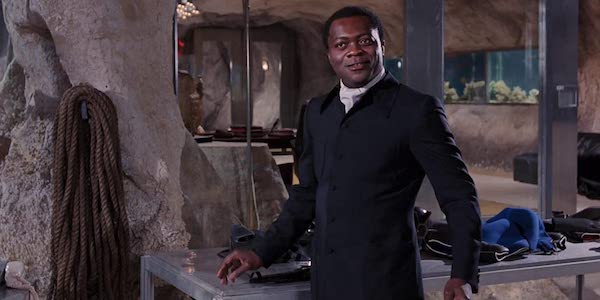
The theme song by Paul McCartney & Wings is a banger. A decidedly funky piece of British rock with a flavorful melody, it frequently vies for a spot as one of the best. It’s a bona fide bopper, and composer George Martin incorporates it to great effect throughout (I can’t get enough of those DUN DUN DUN! DUN DUN DUN! DUN DUN!’s on the soundtrack). Speaking of music, we even get a triumphant return of Monty Norman’s Bond Theme. Good stuff.
Connery was gifted the greatest introduction in the history of cinema. Lazenby followed suit with his own take but lacked the novelty and innate coolness. Fortunately, Moore makes no attempts to usurp Connery’s status. Instead, we’re treated to an extremely low-key and relaxed introduction – quite literally, as we first see his Bond in bed with an Italian agent. Bond in his natural element. You can’t help but respect it.
As it turns out, those three murdered men in the prologue were MI6 agents. This prompts a visit to Bond’s residence by M and Moneypenny, and we get another rarity: Bond’s apartment! The British agent lives in a rather swanky pad, complete with a fancy espresso machine. For being a constant globetrotter, these brief glimpses into Bond’s domestic lifestyle are always a nice touch.
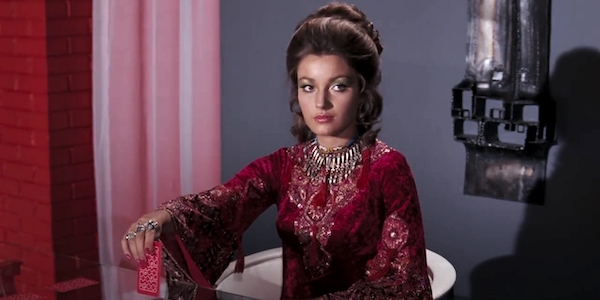
On to New York. Like Diamonds are Forever, Live and Let Die remains largely stateside for much of its duration. Unlike that film, this one actually strikes a nice balance between urban and exotic settings. Guy Hamilton returns for his third outing as director, but I’ve always felt he was a helmer who left a lot to be desired. Not to say that Hamilton is bad – I just find myself yearning for the more stylistic flourishes of Terence Young or Peter Hunt.
Live and Let Die also marks another shift for the Bond franchise. Up until this point, Bond was the trendsetter in film, establishing tropes to be aped for decades to come. Here, Bond begins borrowing from established properties and anything that might be popular in the contemporary world of film, with this entry, in particular, lifting heavily from the Blaxploitation subgenre. Live and Let Die is one of the more atmospheric Bond films, preferring the haunting of the supernatural to the realism of espionage. Frankly, the film is all the better for it.
AN EXCEPTIONALLY FINE ROGUES’ GALLERY
More than any other film in the series, Live and Let Die contains the widest array of allies and villains. This is completely understandable: the supporting help is to ensure the weight of the film is not solely carried by Moore on his first outing. Let’s cover the allies first since they are less interesting. Bond’s primary contact in the states is, you guessed it, Felix Leiter! Played by David Hedison, this is our fifth Felix, and to first to reprise his role in a later film. Perhaps for this fact alone, he’s one of the better Leiter’s – we’ll cover him again in a later entry.
Bond gets paired with three more agents in the field. The first is Harold Strutter (Lon Satton), a stoic and immeasurably cool CIA agent. Then there’s Quarrel Jr. (Roy Stewart), a resourceful fisherman and son of Dr. No’s Quarrel, in a touching nod. The weakest of the bunch is Rosie Carver (Gloria Hendry), a CIA agent, who also works as a double agent for the villain. The role has room for intrigue, but Hendry’s performance leaves a lot to be desired (her attempts at playing “terrified” are a little embarrassing).
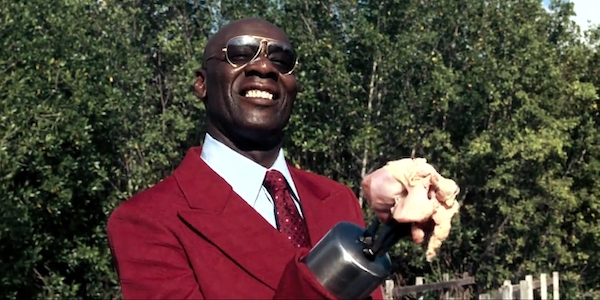
Good allies, greater villains. At the top is Kananga, aka Mr. Big. Terrifically played by a suave Yaphet Kotto, Kananga marks the series’ first and only Black villain. After three consecutive Blofeld’s and a bunch of SPECTRE business about world domination, Kananga’s plot is refreshing down to earth: control heroin distribution in America and rake in the financial rewards. Simple enough, yeah?
Okay, the scheme may be slight, but the henchmen certainly are not. There’s Whisper (Earl Jolly Brown), a diminutive strongman who speaks only in hushed tones. Whisper is contrasted mightily by Tee Hee (Julius Harris), a loquacious and sharply-dressed assassin with a deadly claw for a right hand. Tee Hee is a marvelous presence, certifiably deadly but always sporting a big, beaming smile that never once threatens to leave his face.
The best of the bunch is the Man Who Cannot Be Killed, the great Baron Samedi (Geoffrey Holder). Vibrant and mysterious, Samedi is all groovy dance moves and mystical powers of the occult. He’s seemingly killed several times over, yet somehow keeps coming back (his final moment on the train, the one that ends the film, is aces). And that laugh! Just magnificent, absolutely magnificent.
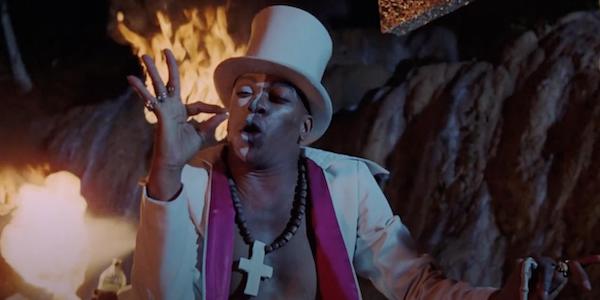
But who is it that brings them all together? That would be the lovely Miss Solitaire (Jane Seymour, who receives an “Introducing” credit). Solitaire’s an interesting Bond Girl: a virgin with a gift of sight through tarot cards, bound to serve Mr. Big, but tempted by Bond. Bond’s ploy to get her into bed with a stacked deck of Lover cards is incredibly devious, but she more than holds her own in a room full of killers and assassins. And get this: she’s the only person in the canon to beat Bond at a game of cards. Top that.
The action in Live and Let Die moves along at an agreeable pace. For much of the runtime, Bond is actually a step behind the villains, who are onto him almost immediately upon arriving in New York. Moore ticks off a lot of regular story beats: there’s an assassination attempt with a snake, a double-decker bus chase, and a plane chase at an airport runway where the planes never actually leave the ground. For his first time out, Moore acquits himself well, frequently quippy, but never egregiously so. Live and Let Die could certainly be argued to be one of his better films.
Unfortunately, Live and Let Die also contains the franchise nadir. Bond is eventually captured by Kananga’s men but escapes before he is sentenced to die on a crocodile farm. An extremely lengthy boat chase ensues, and this brings Sheriff J.W. Pepper (Clifton James) to the fold. No bones about it: Pepper is the worst thing in the Bond franchise. A perpetually dip-chewing, hemming and hawing, racist caricature, the film grinds to a halt every time he’s on-screen, and he’s on-screen a lot during the third act. Live and Let Die would be much stronger were he eliminated entirely.
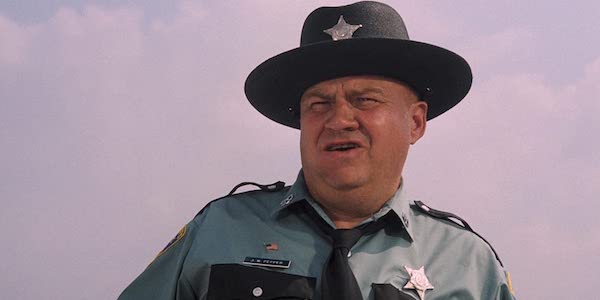
The climax to Live and Let Die takes place on San Monique, where Bond destroys Kananga’s poppy farm to put him out of business and does battle in his lair (for fans of Archer, the famous “tactileneck” is born here). We get our third iteration of death by a deadly animal (sharks, this time), and Kananga is offed in perhaps the most ridiculous manner in the series: an inflatable shark pellet is forced down his throat, causing him to float up to the ceiling and explode, somehow not covering the room with his intestines. The execution itself is even goofier than how I described it.
CONCLUSION
With Kananga dead, we get a final scrap with Tee Hee, where Bond disables his claw and tosses him out of a moving train, allowing him and Solitaire to ride off to safety (were it not for the creepy Baron Samedi hanging out on the front!). Truth be told, I find myself liking this film more and more (Moore and Moore?) with each subsequent revisit. Live and Let Die’s flaws are apparent, but it’s still a solid adventure, and Moore fits smoothly into the role of Bond. It’s an enjoyable film, and that’s really all you could ask for.
Coming up next: More Moore! The No Time To Die Countdown will return with The Man with the Golden Gun.
What do you think? Is Live and Let Die one of Roger Moore’s stronger entries? Let us know in the comments below!
Watch Is Live and Let Die
Does content like this matter to you?
Become a Member and support film journalism. Unlock access to all of Film Inquiry`s great articles. Join a community of like-minded readers who are passionate about cinema – get access to our private members Network, give back to independent filmmakers, and more.
Join now!
